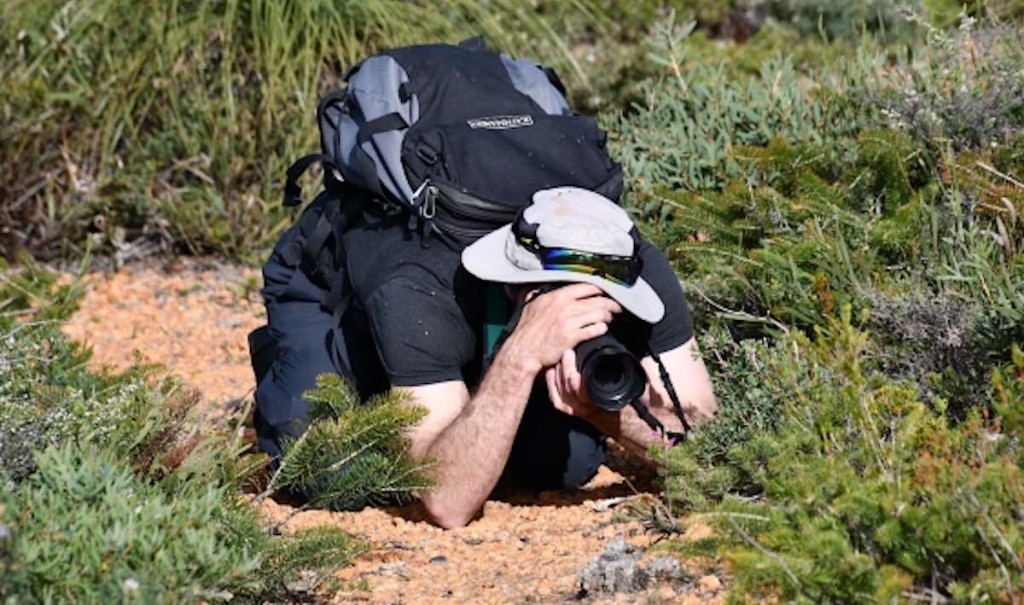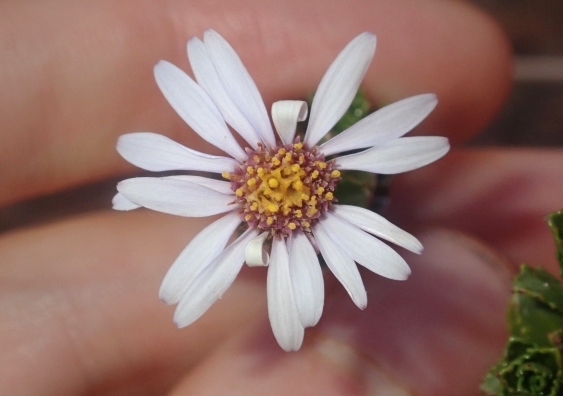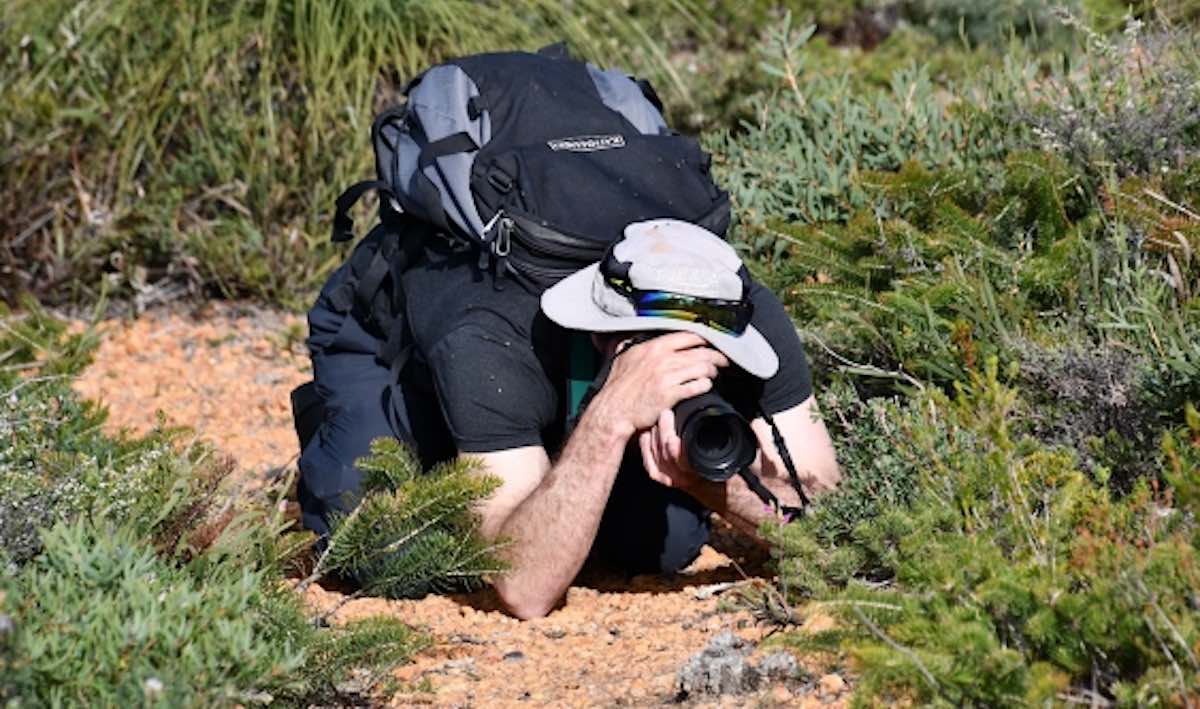
Scientists have documented plant species for centuries to help us understand and conserve the incredible diversity of flora in our world. But according to new research, many have never actually been photographed in their natural habitats—and Australian researchers say this is a problem.
A team from UNSW Sydney and the Australian Institute of Botanical Science surveyed 33 major online databases of plant photographs to examine the photographic record of plant species Down Under. The findings revealed that out of 21,077 native Australian vascular plant species, almost 20 percent lack a verifiable photograph.
Lead author of the study published in New Phytologist, UNSW Science PhD student Thomas Mesaglio, was shocked.
“It was surprising to see how many plant species had just line drawings, illustrations, paintings, or even no media at all.”
Dr. Hervé Sauquet, co-author of the study and Senior Research Scientist at the Institute based at the National Herbarium of New South Wales, was also surprised.
“Even in this digital age where most herbarium specimens have been scanned and are accessible on the web, photos of live plants in the wild remain in critical need.”
Senior author of the study from UNSW, Professor Will Cornwell, says a lack of detailed photos can have real consequences. Many plant species that are difficult to identify in the wild may go extinct if scientists cannot properly identify them with the help of photos.
“We had assumed every plant species would have simply been photographed by someone, somewhere, throughout history. But it turns out this isn’t the case.”
“This is where citizen scientists can come in and help us fill this gap with their photos,” he said.
Gaps in the photographic record
Photographs can help botanists and taxonomists who work with plant specimens by preserving characteristics like flower color that get lost over time in lab samples contained in collections. They can also show additional features, such as the orientation of leaves or bark appearance, and add ecological context by, perhaps, hinting at co-beneficial relationships with surrounding plants.
LOOK: Otherworldly Scenes Show Plants Breathing in Close-Up Detail: A Long Sought Discovery
“Having a comprehensive photographic set helps us to be confident in our identifications,” said Mesaglio. “Particularly when it is practically challenging to collect and preserve the entire plant, photos complement the physical voucher by showing the soil type, the habitat it’s growing in, and other species growing alongside it.”

But it turns out, not all plant groups are photographed equally. Just as some animals receive less attention than others, there might also be a bias against less charismatic plants.
The study found the most well–photographed plant groups tend to be shrubs or trees with more noticeable or spectacular features, such as colorful flowers. Banksia, for example, is one of only two Australian plant genera with more than 40 species to have a complete photographic record. Meanwhile, the family with the most significant photo deficit was Poaceae – commonly known as grasses – with a whopping 343 unphotographed species.
Geography also affected the photographic record. While most species across the south-eastern states of Australia have comprehensive records, Western Australia had the largest void, with 52 percent of all unphotographed species found there.
POPULAR: Secrets of Namibia’s Fairy Circles Were Demystified After Half Century
“The primary ‘hotspots’ for unphotographed Australian plants are areas with high plant diversity, but the environments are rugged and often difficult to access, particularly by road,” Mesaglio says. “But it means there’s an exciting opportunity to visit these locations because we might capture something that has never before been photographed.”
Activate your snapping
Because digital photography is so accessible now, anyone can also help make a meaningful contribution to science by using the camera in their pocket.

Using a web platform like iNaturalist, keen citizen scientists can have their snaps identified by experts and share the data with aggregators like the Atlas of Living Australia and the Global Biodiversity Information Facility to be used in research and conservation.
“Since April last year, we’ve identified nearly 10 percent of those previously unphotographed species, thanks to members of the public uploading their photographs and experts who’ve kindly identified them,” says Mesaglio. “There could be many more in personal collections or behind paywalls just waiting to be shared.”
“We also suspect more photos exist, but they’re hidden away on social media or behind scientific paywalls that aren’t accessible, discoverable, or searchable,” added Mesaglio, who, along with his team, is calling for all new species descriptions to be published as Open Access in searchable databases with Creative Commons licensing to maximize their usage.
CHECK OUT: This Lost Roman Era ‘Miracle Plant’ May Have Been Rediscovered
“Of the species with photographs, many have a single photo. We not only want to capture those unrepresented species but also continue building the photographic record for all species. Doing so will help us identify, monitor, and conserve our native species for generations to come.”
“People can engage with, sympathies with, and get much more excited about plants with photographs, which is vital when our natural environments are more at risk than ever.”
SHARE The Need For Photographs on Social Media to Help Scientists…




















